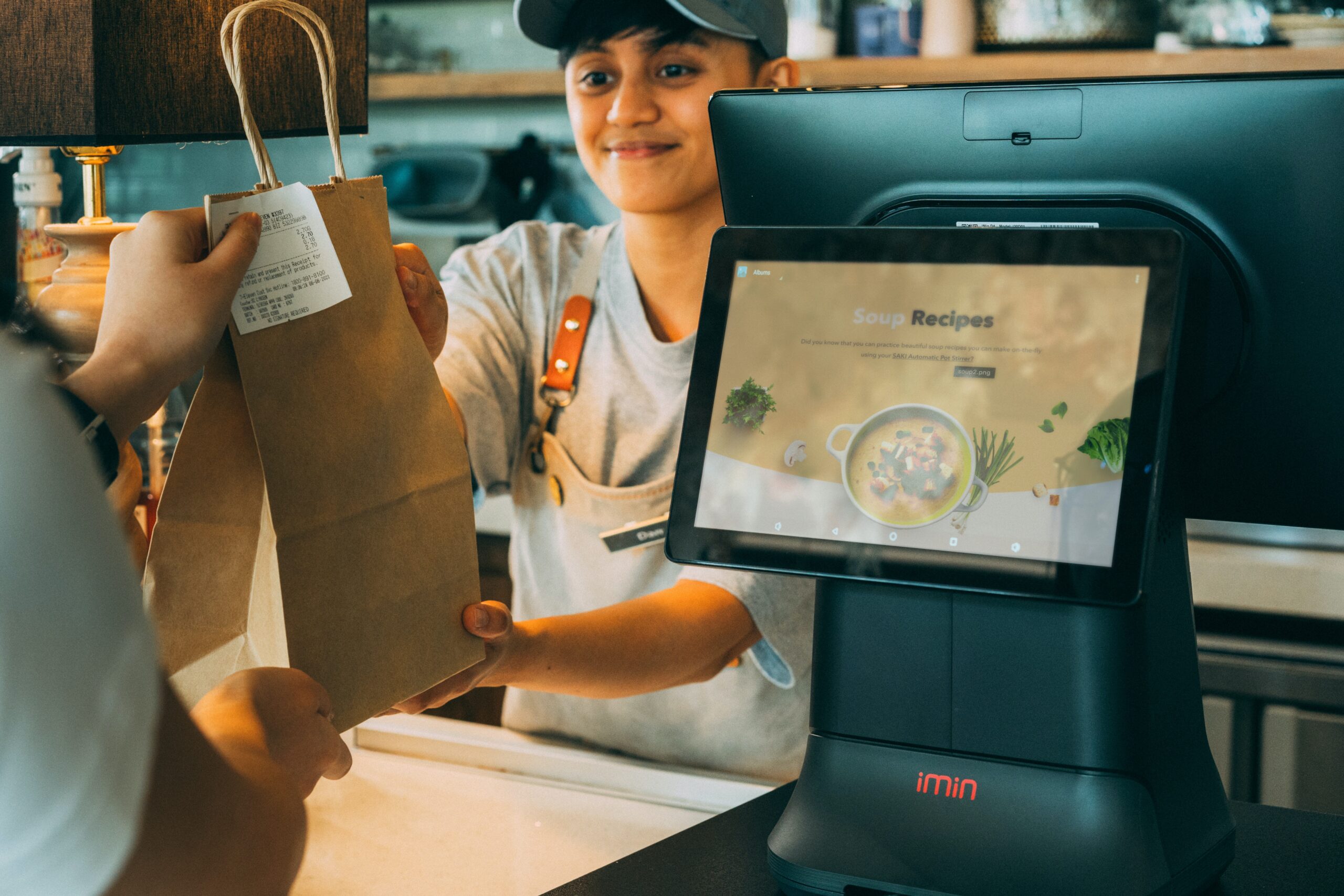Businesses can ensure that their employees are well-prepared to handle customer interactions and motivated to go above and beyond in their roles. An empowered employee is a company’s most valuable asset in building and maintaining lasting customer relationships.
EMPOWER YOUR EMPLOYEES: 7 STEPS TO EXCELLENCE IN CUSTOMER RELATIONS
By Gary Occhiogrosso
Employees often act as the face of a company, bridging the gap between brand promise and customer experience. Their interactions, knowledge, and problem-solving abilities determine customer satisfaction. Thus, businesses must ensure that their workforce is empowered, equipped, and enthusiastic. Here’s a structured approach with actionable steps and examples to make this vision a reality:
1. Provide Essential Tools:
* Actionable Step: Regularly audit your team’s tools and technology to interact with customers.
* Example: If your business relies heavily on customer support calls, invest in high-quality headsets, noise-canceling technologies, or software that offers easy access to customer data.
2. Offer Comprehensive Training:
* Actionable Step: Organize monthly training sessions that cover product updates, communication skills, and problem-solving techniques.
* Example: For a company launching a new software product, ensure that your customer service team undergoes intensive training. This allows them to address queries and issues effectively.
3. Grant Autonomy in Decision-Making:
* Actionable Step: Establish a framework where employees have a certain degree of freedom to make decisions without always seeking higher approval.
* Example: If a customer is unsatisfied with a purchase, train and trust your frontline employees to offer solutions like discounts, refunds, or replacements without going through a lengthy approval chain.
4. Establish a Feedback Loop:
* Actionable Step: Create platforms where employees can share their insights, challenges, and suggestions regarding customer interactions.
* Example: Host weekly or bi-weekly meetings where team members can discuss customer pain points and brainstorm ways to enhance the customer experience.
5. Recognize and Reward Empowerment:
* Actionable Step: Set up a system to recognize and celebrate employees who showcase exemplary problem-solving skills and customer service.
* Example: Introduce an “Employee of the Month” program focusing on customer service champions, granting them tangible rewards and public acknowledgment.
6. Foster an Open Culture:
* Actionable Step: Encourage team members to communicate their needs, whether tools, resources, or training, to ensure they can perform their roles effectively.
* Example: Set up a suggestion box or a digital forum where employees can voice their needs and ideas without hesitation.
7. Simulate Real Scenarios:
* Actionable Step: Conduct workshops simulating challenging customer interactions, allowing employees to practice their skills.
* Example: Role-play a scenario where a customer is irate about a late delivery, enabling the team to navigate the situation and find a suitable resolution.
By incorporating these steps, businesses can ensure that their employees are well-prepared to handle customer interactions and motivated to go above and beyond in their roles. An empowered employee is a company’s most valuable asset in building and maintaining lasting customer relationships.
=====================================
This article was researched and edited with the support of AI











